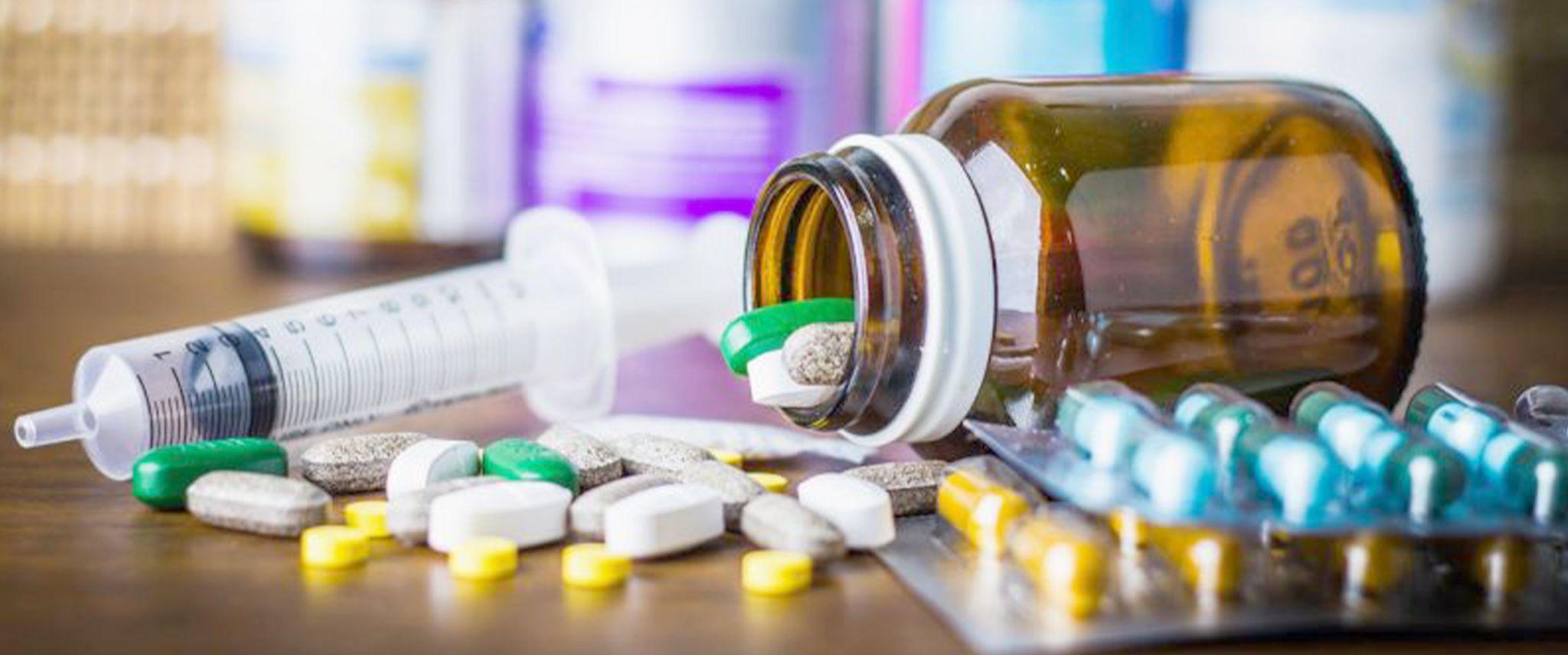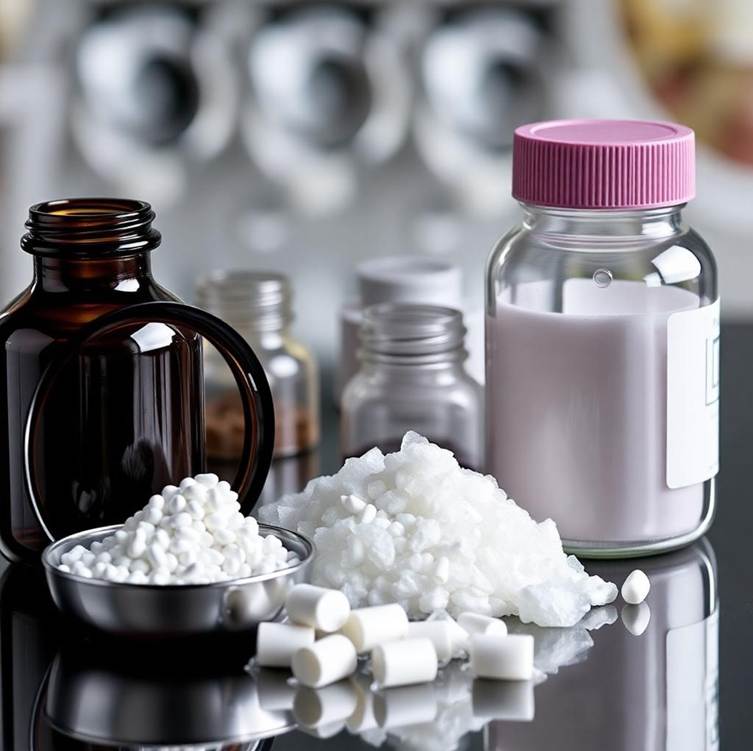What Are Pharmaceutical Excipients? A Quick Guide to Understanding Their Essential Role
Pharmaceutical excipients might not be the stars of the show when it comes to medication, but they play a pivotal supporting role. These unsung heroes ensure that drugs are effective, safe, and user-friendly. From aiding in the manufacturing process to enhancing the stability and bioavailability of active ingredients, excipients are indispensable in modern medicine.

In this guide, we’ll uncover the vital role of pharmaceutical excipients, explore their types and functions, and dive into the latest trends and challenges. Whether you’re a healthcare professional, a pharmacy student, or just curious about what goes into your medicine, this comprehensive guide is here to answer all your questions.
What Are Pharmaceutical Excipients?
Pharmaceutical excipients are substances used alongside active pharmaceutical ingredients (APIs) in drug formulations. Unlike APIs, which provide therapeutic effects, excipients are inactive substances. Their primary purpose is to support the overall integrity, stability, and usability of the medication. Historically, excipients were often overlooked. However, their importance in drug delivery systems has grown significantly over time, making them a vital aspect of pharmaceutical innovation.
Types of Pharmaceutical Excipients
Fillers or Diluents
Fillers, also known as diluents, add bulk to formulations, ensuring that tablets and capsules reach a manageable size for handling and consumption. Common examples include lactose, starch, and microcrystalline cellulose.
Binders
Binders ensure the cohesion of tablet components, holding them together during manufacturing and use. Natural binders like acacia gum and synthetic ones like povidone are widely used.
Disintegrants
Disintegrants help tablets break apart once ingested, allowing the active ingredient to be released. Examples include sodium starch glycolate and croscarmellose sodium.
Lubricants
Lubricants reduce friction between the tablet and the machinery during production, preventing sticking and ensuring smooth ejection. Magnesium stearate is a popular choice.
Coatings
Coatings serve multiple purposes, from protecting the tablet against environmental factors to masking unpleasant tastes. Materials like hydroxypropyl methylcellulose are commonly used.
Functions of Pharmaceutical Excipients
Enhancing Stability
Excipients protect medications from degradation caused by exposure to air, light, or moisture. For instance, antioxidants prevent oxidation, ensuring longer shelf lives.
Improving Bioavailability
Excipients like solubilizers enhance the absorption of poorly water-soluble drugs, making them more effective.
Providing Aesthetic Appeal
Colorants and flavoring agents improve the appearance and taste of medications, ensuring better patient compliance.

Regulatory Aspects of Pharmaceutical Excipients
Standards and Guidelines
Regulatory agencies like the FDA and EMA set strict standards to ensure excipient quality and safety.
Safety Assessments
Toxicological studies assess potential risks, ensuring excipients are non-toxic and hypoallergenic.
Labeling Requirements
Pharmaceutical labels must clearly list excipients to inform consumers about potential allergens or sensitivities.
Emerging Trends in Excipients
Use of Natural Excipients
The demand for eco-friendly and sustainable excipients is rising, with materials like cellulose derivatives gaining popularity.
Smart Excipients
Innovative excipients are being developed to target specific sites in the body, enhancing drug delivery efficiency.
Innovations in Coatings
Advanced coatings now offer superior protection against harsh environmental conditions, improving drug stability.
Challenges in Excipients Development
Compatibility Issues
Finding excipients that do not interact adversely with APIs can be challenging, requiring extensive research and testing.
Regulatory Hurdles
Excipients must undergo rigorous approval processes, which can delay their integration into new formulations.
Cost Considerations
High-quality excipients often come with increased production costs, posing challenges for affordable drug development.
Importance of Excipients in Drug Development
From initial formulation to clinical trials, excipients are integral to the drug development process. They ensure that medications are not only effective but also patient-friendly, ultimately contributing to better healthcare outcomes.
FAQs About Pharmaceutical Excipients
- What are pharmaceutical excipients made of? Excipients can be derived from natural sources like starch and cellulose or synthesized chemically for specific properties.
- Are excipients safe for everyone? While generally safe, some individuals may have allergies or sensitivities to specific excipients. Always check medication labels.
- Why do some medications contain allergens? Certain excipients, like lactose, are commonly used but may trigger reactions in sensitive individuals. Alternatives are available for such patients.
- How do excipients affect medication shelf life? Stabilizing excipients protect against environmental factors, significantly extending the shelf life of drugs.
- Can excipients be removed from drugs? Excipients are essential for the stability and effectiveness of medications, so they cannot be omitted without compromising the product.
For more information, visit https://www.clyzo.com/

